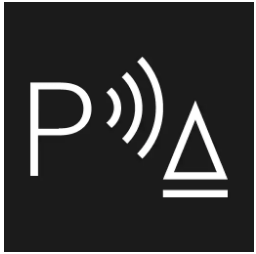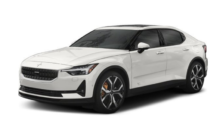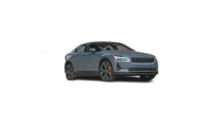Warning and auto-braking while backing up*
There are systems in the vehicle that can help the driver detect obstacles when backing up and even automatically brake the vehicle if the driver does not react in time.
The functions Rear Auto Brake (RAB)* and Cross Traffic Alert (CTA)* are only active when the vehicle is moving backward or if reverse gear is engaged.
If an obstacle is detected:
- A warning signal and the Park Assist graphic illuminate to indicate the location of the obstacle.
- If the driver does not react to the warning and a collision is unavoidable, the vehicle will automatically brake, and a message will appear explaining why the brakes were applied.
If the accelerator pedal is depressed forcibly, the vehicle will back up even after auto-braking.
WARNING
- The functions are supplementary driver support intended to facilitate driving and help make it safer – they cannot handle all situations in all traffic, weather and road conditions.
- The driver is advised to read all sections in the Manual about these functions to learn of limitations, which the driver must be aware of before using the functions.
- Driver support functions are not a substitute for the driver’s attention and judgment. The driver is always responsible for ensuring the vehicle is driven in a safe manner, at the appropriate speed, with an appropriate distance to other vehicles, and in accordance with current traffic rules and regulations.
NOTE
The functions use the vehicle’s sensors and radar units, which have certain general limitations.
Obstacles directly behind the vehicleRear Auto Brake is designed to help the driver detect stationary obstacles directly behind the vehicle when backing up.
This function is primarily designed to detect stationary objects that are taller than the rear bumper and not, for example, moving vehicles.
Auto-braking with Rear Auto Brake is active at speeds under 10 km/h (6 mph).
Rear Auto Brake must be deactivated before entering an automatic car wash and when a trailer, bicycle holder or similar is connected to the vehicle.
The auto brake may also need to be deactivated to avoid undesirable interventions, e.g. when backing up in tall grass.
Obstacles from the sideCross Traffic Alert is intended to help the driver detect vehicles crossing behind the vehicle while backing up.
This function is primarily designed to detect larger moving vehicles, but in certain cases can also detect pedestrians or smaller objects such as bicycles.
Auto-braking with Cross Traffic Alert is active at speeds under 15 km/h (9 mph).
Cross Traffic Alert is automatically deactivated if a trailer, bicycle holder or similar is connected to the vehicle’s electrical system.
Examples of detection and limitations
The function’s sensors cannot detect movements in traffic through other parked vehicles or objects blocking the vehicle. Here are some examples of when approaching vehicles can therefore not be detected until they are very close.
However, as you back your vehicle slowly out of a parking space, CTA’s field of vision changes in relation to the obstructing vehicle/object and its blind zone is reduced.







